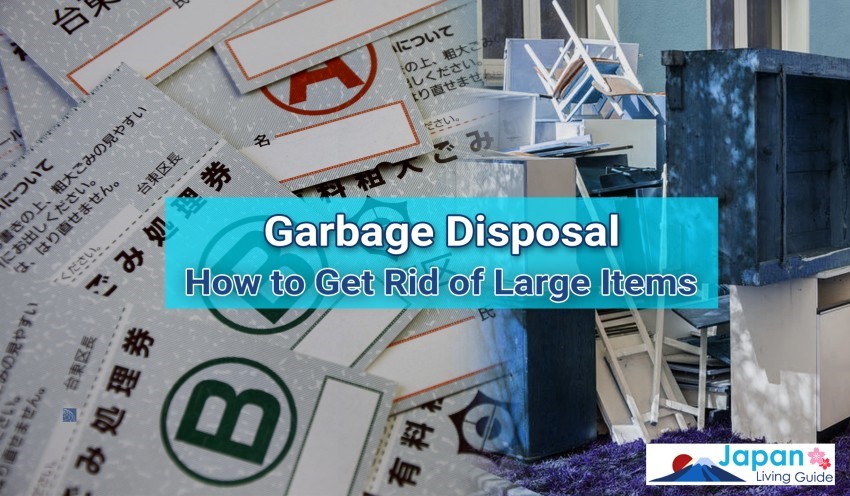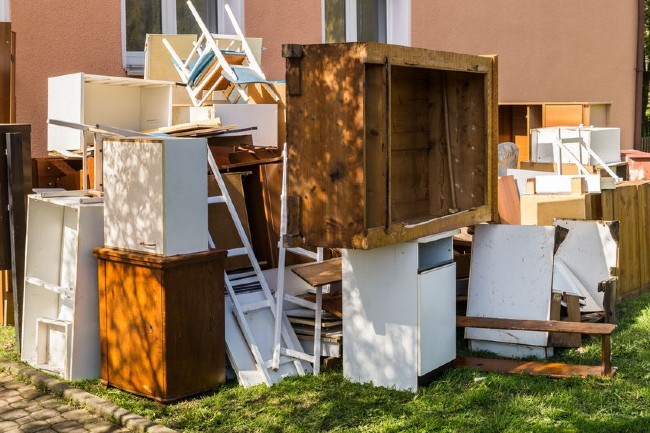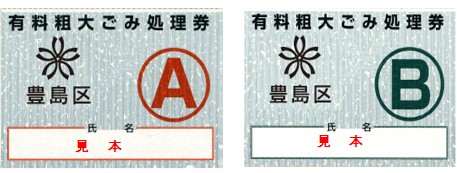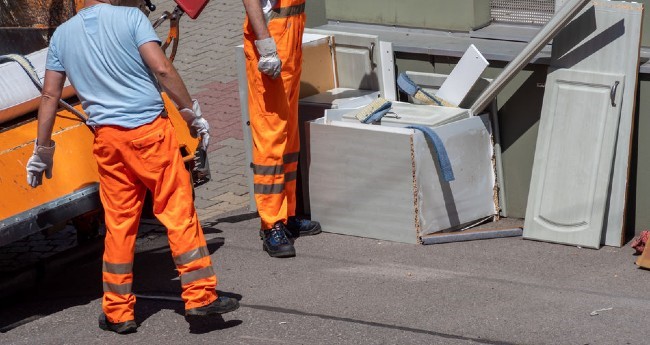Disposal of Oversized Garbage in Japan

As a resident of Japan, you are likely already familiar with the intricacies of the city’s garbage and recycling systems. However, you may be less acquainted with the appropriate way to dispose of large trash like furniture and appliances. This system is called Sodai Gomi. When moving house, redecorating, or even just going through day-to-day life, eventually large, bulky items will need to be thrown away.
In Japan, these items can’t simply be put outside on your normal trash collection day; pick-up must be arranged outside of the usual trash schedule and fees must be paid beforehand. Keep reading to find out what rules you need to follow when getting rid of oversized items in Japan.
What Is Considered Oversized Garbage?

Sodai Gomi, or oversized garbage, is defined differently depending on the municipality you live in. This is similar to the rules surrounding general waste collection. However, most areas follow similar guidelines in defining sodai gomi.
In Japan, sodai gomi can be defined as any of the following that exceeds 30cm in width, depth, or height.
- Appliances (electric, gas, or oil)
- Furniture
- Bedding
- Bicycles
Due to the Home Appliance Recycling Law, which aims to conserve resources, general home appliances cannot be included as sodai gomi and must be disposed of with the original manufacturer or the shop where a replacement is bought. As a general rule, any large item that doesn’t fit easily in standard garbage bags should be considered as sodai gomi.
Four Types of Home Appliances and Computers
In accordance with the Home Appliance Recycling Law, when disposing of air conditioners, televisions, refrigerators (including freezers), and washing machines, it is necessary to transport them to the recycling route through either of the following methods.
(1) Have them collected by the home appliance retailer where you made the purchase.
(2) When replacing the appliance, have the relevant equipment collected by the home appliance retailer. In both cases, you are responsible for the collection, transportation, and costs associated with recycling and receiving a home appliance recycling voucher.
If you are unsure of the purchase store or do not plan to replace the appliance, please contact the municipal office in your region.
For the Tokyo 23 wards residents, you can call the Home Appliance Recycling Reception Center (03-5296-7200)
When disposing of a computer, contact the respective computer manufacturer's collection point (refer to their websites or manuals included in the product packaging) by phone or through the internet to request a pickup.
The Proper Way of Disposing Oversized Garbage
City Center Collection
The most common way to arrange for disposal of oversized garbage is through your local municipality. Depending on the area, you will need to make an appointment either via phone or at the municipality’s website. This appointment is for your pick-up time and collection point. You will be given the quantity and type of seals you need to acquire, which can be purchased from any convenience store or supermarket. However, the store where you buy the seals must be in your area of residence as the seals aren’t transferable between different municipalities.
For instance in Tokyo, there are two main types of stickers: “A” and “B.” An A sticker generally costs 200 yen and a B sticker costs 300 yen. The number of seals you need to buy will correspond with the size of your items. This can vary greatly with a microwave costing around 300 yen and larger furniture costing up to 2000 yen.

After purchasing the required seals, attach them to your items, along with your name or registration number for confirmation. On the appointed day, you can leave your oversized garbage at the collection point. Some wards also allow for drop-off sodai gomi, where you are able to pay a lesser amount and drop off the items at the garbage disposal center.
Oversized Garbage Collection Agencies

While going through your local municipality is a common way to arrange for collection of your oversized garbage, it is conducted entirely in Japanese and through municipal websites that are often very confusing to navigate. If you are moving, if you have multiple items to dispose of, or you are generally busy, this can take up valuable time and energy. If you live around Tokyo, there are agencies like Nishida Service. If you ask an agency to pick up your trash, please make sure you will receive a quotation in advance.
Consumer Electronics Retailers
While many large items can be disposed of via the standard sodai gomi procedures, some home appliances and electronics have to go through a different process. These follow rules that aim to recycle the appliances rather than disposing of them. The most common way to get rid of an appliance in Japan is through a retailer.
Often the reason for disposing of an appliance is simply to purchase a newer, better replacement. In this case, the store where the new item is bought can handle the collection and disposal of the old appliance. It is also often possible to return the item to the store where it was originally bought. These methods vary greatly in cost between different stores, areas, and appliances. Some stores offer a discount if you bring the appliance in yourself while others only offer collection from their dedicated team.
If you are unable to go through this process for some reason — an item bought overseas or from an online retailer that does not offer this service, for example — it is possible to go through your municipality’s Home Appliance Recycling Center system. This works in a similar way to the general sodai gomi system, but it is more difficult to set up. Each appliance has a different price based on the maker and model number, rather than just appliance type. Tickets must be purchased from the post office for the correct model and an appointment must be made with the recycling center.
Donating or Selling
If your furniture or appliances are still in good condition, there are a few options available for donating your furniture in the area or even selling it personally online or through recycle shops. For more information on these options, be sure to read our guide to donating and selling used clothing and furniture in Japan.

















